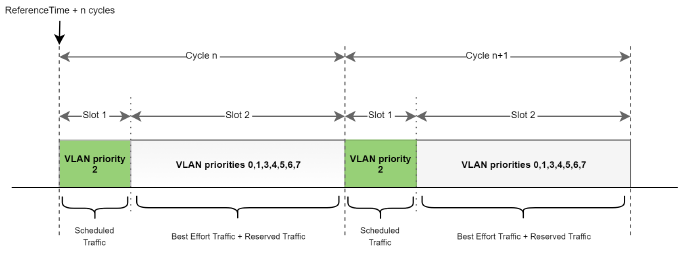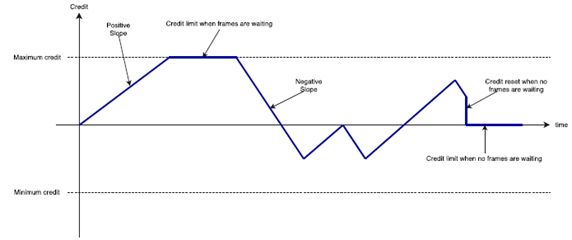Time Sensitive Networking – what is it and what is it used for
Knowing what Time Sensitive Networking is, what it offers us and how it works is something that not everyone is clear about because not all of us make use of it or we do but we have not needed to know more than the basics required to carry out our tasks. In this article we will talk in more detail about this protocol.
Where does TSN come from
Time-Sensitive Networking (TSN) is the name of the IEEE 802.1 Task Group responsible for standards at Data Link Layer. This group provides the specifications that will allow determinism and quality of service in Ethernet-based networks.
TSN comes from Audio Video Bridging (AVB) initiative. This group had significant success in merging critical and best-effort traffic in a single media.
These standards define a unique Ethernet-based solution for OT and IT, where the fundamental base is the Time-Aware Shaper, which is designed to separate the communication on the Ethernet network into a fixed length, repeating time cycles. This Time-Aware Shaper operation is defined in the IEEE802.1Qbv.
Why Time-Sensitive Networking instead of Ethernet
Traditional Ethernet always had limited adoption among many sectors, due to the lack of real-time traffic communication, functions isolation capabilities and QoS . TSN overcomes the identified limitations and it has been identified as the next generation Data Link Layer.
Which IEEE standards define TSN?
There are many IEEE standards that define TSN, but in the case of our TSN IP Core solution, it covers the following standards:
- IEEE 802.1AS 2020: Timing and Synchronization for Time-Sensitive Applications
TSN is a technology whose key to providing determinism is a shared concept of time. In a Time-Sensitive Network, all devices need to have a common time reference and therefore, need to synchronize their clocks with each other.
Precision Time Protocol (PTP) is used to provide nanosecond range synchronization accuracy among TSN devices that compose the network. The PTP profile used with TSN is IEEE 802.1AS 2020, a subset or a profile of IEEE 1588v2.
- IEEE 802.1Qbv: Time-Aware Scheduler implemented in egress path
The Time Aware Shaper (IEEE 802.1Qbv) is the fundamental base in TSN as it adds mechanisms to ensure timely delivery with soft and hard real-time requirements. The basic function of the scheduler is to separate the communication on the Ethernet network into fixed duration, periodic time cycles. These cycles are divided into timeslots in which are then assigned different traffic classes, or priorities.
- IEEE 802.1Qav: Credit Based Shaper implemented in egress path
The Credit Based Shaper, also defined as IEEE 802.1Qav, permits the reservation of the maximum bandwidth that is necessary for data streams with real-time requirements within a defined interval. Traffic is shaped per priority queue based on assigning credits to the queues which are incremented during wait time and decremented during transmission time.

- IEEE 802.1CB: Frame Replication and Elimination for Reliability functions (FRER)
Frame Replication and Elimination for Reliability, as specified in the IEEE802.1CB, provides increased reliability (reduced packet loss rates) for a Stream by sequence numbering and selectively replicating every packet, in the source system in the network, and eliminating those replicates in the destination system(s).
Using redundancy, it is guaranteed latency even in the presence of single-point failures.

- IEEE 802.1Qci: Frame Filtering and policing functions
IEEE 802.1Qci per stream Filtering and policing functionalities needed to protect the Scheduled Traffic from interference by messages introduced by misconfigured or faulty devices at ingress points for the network infrastructure.
- IEEE 802.1Qbu and IEEE 802.3br: Interspersing Express Traffic and Frame Preemption
The IEEE 802.1Qbu standard aims to increase network availability and defines two classes of traffic for this purpose: express traffic and preemptable traffic. The first type corresponds with high availability traffic and needs to be handled immediately, with the highest priority. On the other side, preemptable traffic is regular traffic and does not have especial time sensitiveness requirements.
Our IP Core allows combining both 802.1Qbu and 802.3br together with Qbv.
